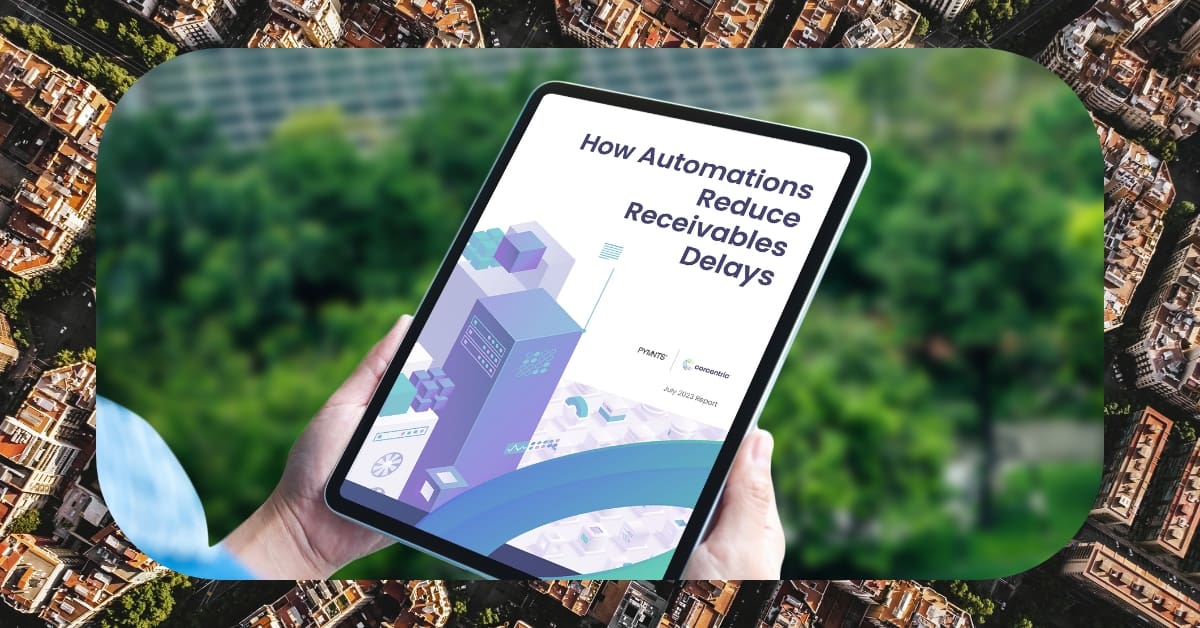Implementing An Effective Source-To-Pay Process Within An Order-To-Cash Solution

Source-To Pay Process
The source-to-pay process is an increasingly important area for executive teams to understand and manage, as advances in technology and complex data management has become an essential component in achieving maximum efficiency and accuracy. An order-to-cash solution is an important tool in this process, with many benefits for any business looking to become leader in their field.
This article will guide you through the steps that must be taken when implementing an order-to-cash solution into your source-to-pay process, from developers to executives in the C-suite. We will briefly discuss the advantages and purpose of this solution, then examine its integration within your overall strategy.
Understanding the Benefits of Order-to-Cash Solutions An order-to-cash solution is form of integrated process in which the customer orders, payment, shipment and ultimate delivery are combined into single, centralized system. This greatly streamlines the entire process, eliminating tedious paperwork, reducing expenses and improving customer experience. Not only does this reduce costs, but it also allows business to quickly respond to trends and customer inquiry while responding quickly to market needs.
Integrating Source-to-Pay Processes with an Order-to-Cash Solution The three main components of the source-to-pay process are procurement, payment, and communication. When integrating an order-to-cash solution, these components must be assessed and any deficiencies must be taken into account.
The first step is to identify the stakeholders who will be using the solution. This might include sales reps, customerservice agents and C-suite administrators. Stakeholder roles must be clearly defined and documented so that the system functions efficiently. Documented procedures must also be established to ensure that users are able to quickly and effectively utilize the order-to-cash solution.
The second step is to analyze the existing procurement processes and evaluate whether tools and Softwareshould be used. This same analysis should be done when considering payment processes. Integration of the order-to-cash solution must be done as seamlessly as possible and any manual processes should be automated. Special attention should be paid to communication between the stakeholders and customers to ensure information is accessible within reasonable time frame.
The third step is to create solution that is tailored to the organizations needs. This includes selecting the capabilities and features that best suit the companies operational requirements. It might also be necessary to insert third-party application to facilitate communication and collaboration in the order-to-cash process.
The fourth step is to ensure the most secure set-up of the order-to-cash solution. This requires that appropriate security user policies are in place so that confidential data is not exposed and vulnerable to malicious activities. The system must also be audited to ensure that it remains up to date and in compliance with regulations. Finally, the company must coordinate testing and training with team members to make sure that their skills are up to date and that they are able to use the system.
Taking StockWhen it comes to implementing an order-to-cash solution into source-to-pay process, there is no one-size-fits-all approach. From stakeholders to integration to customizing the system, each company must figure out the best way to identify, assess, and solve problems in relation to their particular business and operations.
When executed correctly, an order-to-cash solution can significantly increase efficiency and profitability. An effective source-to-pay process should combine the best of lean methods with modern technology in order to create favourable outcome for all involved.

